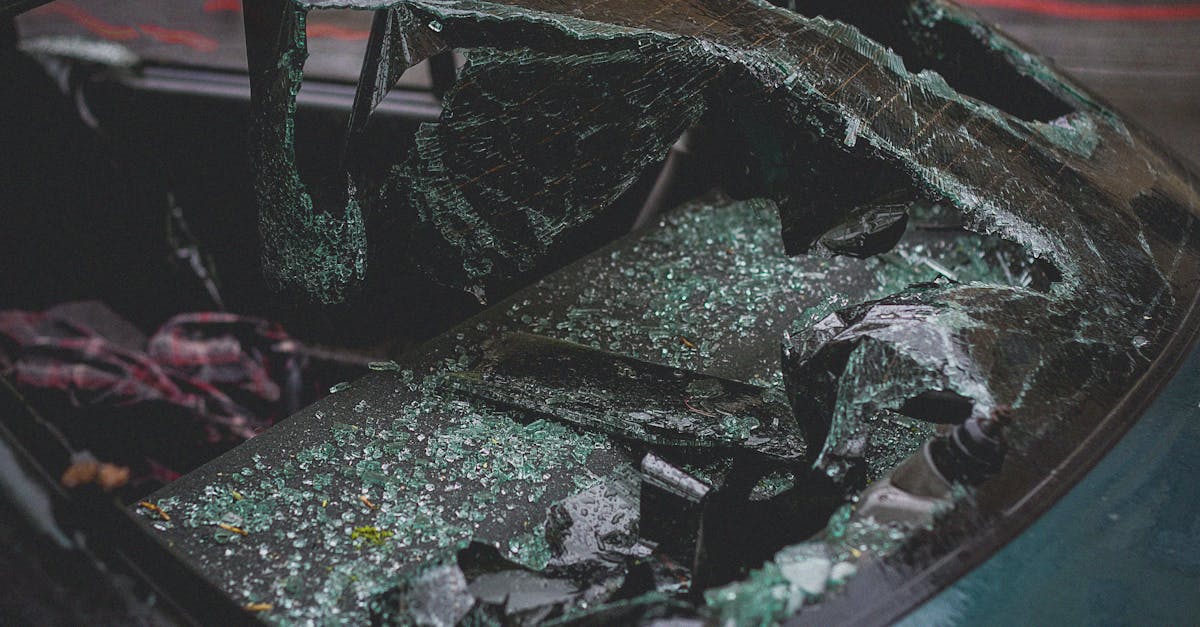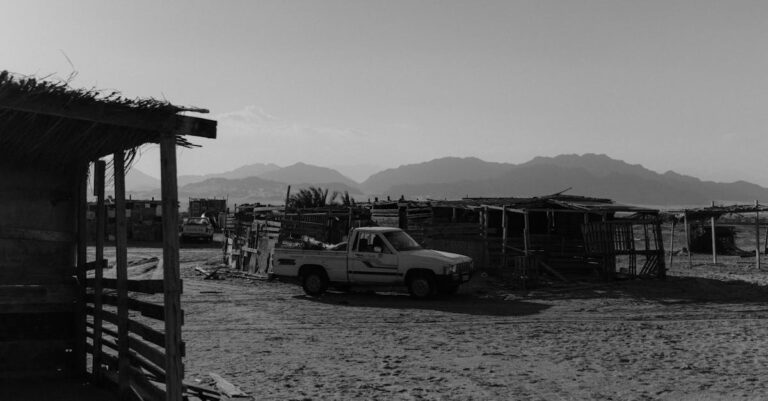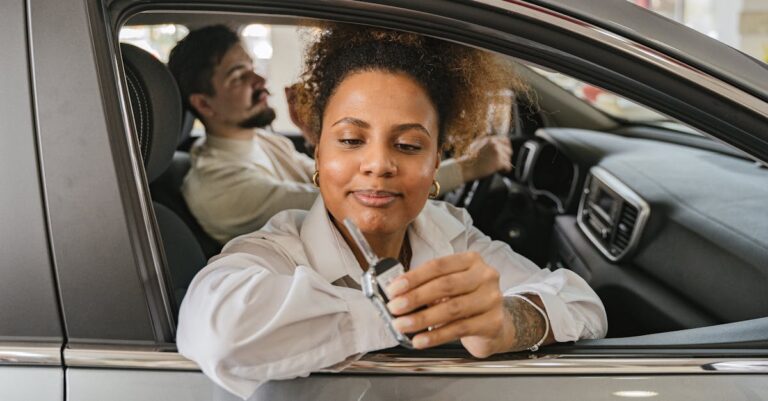Table of Contents
- Car Insurance Basics For Beginners: Your Ultimate Guide
- Why Do You Even Need Car Insurance? (Spoiler: It’s Mostly The Law!)
- Decoding the Different Types of Car Insurance Coverage
- Key Car Insurance Terms You Need to Know
- How Are Car Insurance Rates Determined?
- Shopping for Car Insurance: Getting the Best Deal
- Making a Claim: What to Do After an Accident
- Conclusion: Driving Forward with Confidence
- Frequently Asked Questions (FAQs)
Car Insurance Basics For Beginners: Your Ultimate Guide
So, you’ve got your driver’s license, maybe even your first car. Freedom! Adventure! Responsibility? Yep, that too. One of the biggest (and honestly, sometimes confusing) responsibilities that comes with driving is car insurance. It feels like this complex puzzle, right? Full of weird terms and different options. But don’t sweat it! Think of this guide as your friendly co pilot, here to navigate the world of car insurance basics just for beginners like you. We’ll break it all down, piece by piece, so you can hit the road feeling informed and protected.
Why Do You Even Need Car Insurance? (Spoiler: It’s Mostly The Law!)
Let’s get the big question out of the way first: why bother with car insurance at all? Can’t you just wing it? Well, not really. There are two massive reasons why car insurance isn’t just a good idea, it’s essential.
Understanding Legal Requirements
First off, in nearly every single state (looking at you, New Hampshire, with your unique rules!), carrying a minimum amount of car insurance is the law. If you’re caught driving without it, you could face some serious penalties. We’re talking hefty fines, suspension of your driver’s license, maybe even getting your vehicle impounded. Ouch. The specific minimum requirements vary from state to state, but they usually involve liability coverage, which we’ll dive into shortly. The bottom line? Driving without insurance is like playing a high stakes game you really don’t want to lose.
Financial Protection: Your Safety Net
Beyond the legal stuff, car insurance is your financial safety net. Imagine causing an accident – even a minor fender bender can result in thousands of dollars in repairs. And what if someone gets injured? Medical bills can skyrocket into the tens or even hundreds of thousands. Without insurance, you would be personally responsible for paying all those costs out of pocket. Could you afford that? For most people, the answer is a resounding no. Car insurance steps in to cover these costs (up to your policy limits, of course), protecting your savings, your assets, and your financial future. It’s peace of mind on wheels.
Decoding the Different Types of Car Insurance Coverage
Okay, so you need insurance. But what kind? Car insurance isn’t a one size fits all product. It’s more like a build your own burrito bowl – you pick the ingredients (coverages) you need. Let’s unwrap the main types:
Liability Coverage: Protecting Others
This is the big one, the coverage that’s usually required by law. Liability insurance doesn’t cover your car or your injuries if you cause an accident. Instead, it covers the damage and injuries you cause to other people and their property. Think of it as taking financial responsibility when you’re at fault. It’s typically split into two parts:
Bodily Injury Liability (BI)
If you cause an accident and someone else gets hurt, Bodily Injury Liability helps pay for their medical expenses, lost wages, and even pain and suffering. Policies usually list two BI limits: a per person limit (the maximum paid for one person’s injuries) and a per accident limit (the total maximum paid for all injuries in a single accident).
Property Damage Liability (PD)
This covers the cost of repairing or replacing someone else’s property that you damage in an accident. Most often, this means the other person’s car, but it could also include things like fences, mailboxes, or even buildings if you really veer off course! There’s usually one limit per accident for property damage.
Important Note: State minimum liability limits are often quite low. Seriously low. They might cover a minor accident, but a serious crash could easily exceed those limits, leaving you personally liable for the rest. It’s almost always recommended to get higher limits than the state minimum for better protection.
Coverage for Your Car: Collision & Comprehensive
While liability covers others, what about damage to your own ride? That’s where Collision and Comprehensive coverage come in. These are often optional unless you have a car loan or lease (your lender will likely require them to protect their investment).
Collision Coverage: Oops, I Hit Something!
This one is pretty straightforward. Collision coverage helps pay to repair or replace your car if it’s damaged in a collision with another vehicle or object (like a tree, guardrail, or pothole), regardless of who is at fault. If you hit someone, liability pays for their car, and collision pays for yours (after your deductible, which we’ll explain soon).
Comprehensive Coverage: Not Just Crashes
Think of Comprehensive coverage as protection against almost everything else that can damage your car besides a collision. This includes things like:
- Theft
- Vandalism
- Fire
- Falling objects (trees, hail)
- Storms (wind, floods)
- Hitting an animal (like a deer)
It’s the “non crash” damage protection. Like Collision, you’ll usually have a deductible with Comprehensive coverage.
Coverage for You and Your Passengers
So far, we’ve covered others (Liability) and your car (Collision/Comprehensive). What about injuries to you or the people riding in your car?
Medical Payments Coverage (MedPay) / Personal Injury Protection (PIP)
These coverages help pay for medical expenses for you and your passengers after an accident, regardless of who was at fault. MedPay typically just covers medical bills up to a certain limit. Personal Injury Protection (PIP), required in some “no fault” states, is often broader and can also cover things like lost wages and rehabilitation costs. The specifics vary significantly by state, so it’s crucial to understand what’s available and required where you live.
Uninsured/Underinsured Motorist Coverage (UM/UIM)
What happens if you’re hit by someone who doesn’t have insurance (uninsured) or doesn’t have enough insurance (underinsured) to cover your bills? That’s where UM/UIM coverage saves the day.
- Uninsured Motorist Bodily Injury (UMBI): Covers your medical bills if an uninsured driver injures you.
- Underinsured Motorist Bodily Injury (UIMBI): Steps in when the at fault driver has insurance, but their Bodily Injury Liability limits aren’t high enough to cover all your medical expenses.
- Uninsured Motorist Property Damage (UMPD): Covers damage to your vehicle caused by an uninsured driver (though sometimes Collision coverage is used instead, depending on the state and policy).
Given how many drivers unfortunately skip insurance, this coverage is incredibly valuable.
Key Car Insurance Terms You Need to Know
Navigating insurance involves learning a bit of lingo. Don’t worry, it’s not as complex as it sounds. Here are the three big ones:
Premium: What You Pay
This is simply the price of your insurance policy. It’s the amount you pay (monthly, semi annually, or annually) to the insurance company in exchange for coverage. Think of it like a subscription fee for financial protection. Your premium is based on many factors, including the coverages you choose, your driving record, your car, where you live, and much more.
Deductible: Your Share of the Cost
A deductible is the amount of money you have to pay out of pocket towards a covered claim before your insurance company starts paying. Deductibles typically apply to Collision and Comprehensive coverage. For example, if you have a $500 deductible for Collision coverage and you have an accident causing $3,000 in damage to your car, you pay the first $500, and your insurance covers the remaining $2,500. Choosing a higher deductible generally lowers your premium, but means you’ll pay more upfront if you have a claim. Choosing a lower deductible means a higher premium, but less out of pocket cost per claim. It’s a balancing act based on your budget and risk tolerance.
Policy Limits: How Much Coverage You Have
These are the maximum amounts your insurance company will pay for specific types of covered losses. For Liability coverage, limits are often shown as three numbers, like 50/100/25. This would mean:
- $50,000 Bodily Injury Liability limit per person
- $100,000 Bodily Injury Liability limit per accident
- $25,000 Property Damage Liability limit per accident
Collision, Comprehensive, MedPay/PIP, and UM/UIM coverages also have limits. It’s crucial to understand your limits and ensure they’re high enough to adequately protect you.
How Are Car Insurance Rates Determined?
Ever wonder why your friend pays a different amount for car insurance than you do, even if you drive similar cars? Insurance premiums are highly personalized, based on the insurance company’s assessment of how likely you are to file a claim. It’s all about risk. Here are some key factors:
Factors You Can Control (Mostly)
- Your Driving Record: This is a huge one. Accidents, speeding tickets, DUIs – they all signal higher risk and lead to higher premiums. Drive safely!
- Type of Car You Drive: Sports cars often cost more to insure than sensible sedans. Repair costs, theft rates, and safety ratings all play a role.
- How Much You Drive: The more miles you log, the higher the chance of an accident. Your annual mileage affects your rate.
- Coverages, Limits, and Deductibles: As we discussed, choosing more coverage, higher limits, and lower deductibles will increase your premium.
- Your Credit Based Insurance Score: In many states, insurers use a score derived from your credit history to help predict risk. Maintaining good credit can help lower your rates.
- Where You Keep Your Car: Parking in a garage versus on the street can make a difference.
Factors Beyond Your Control
- Your Age and Gender: Statistically, younger drivers (especially males) have higher accident rates, leading to higher premiums. Rates tend to decrease with age and experience (until you reach senior years, when they might creep up again).
- Where You Live: Insurance rates vary significantly by state, city, and even ZIP code. Factors like traffic density, crime rates (theft, vandalism), and weather patterns (hail, floods) in your area influence risk.
- Insurance Claim Trends: Broader trends, like the rising cost of auto repairs or medical care, can impact everyone’s insurance rates.
Shopping for Car Insurance: Getting the Best Deal
Alright, knowledge is power! Now that you understand the basics, how do you actually buy insurance without breaking the bank? Don’t just accept the first offer you get.
Comparing Quotes: Don’t Settle!
This is the single most important step. Prices for the exact same coverage can vary dramatically between insurance companies. Why? Because each company has its own way of calculating risk and setting rates. Get quotes from several different insurers – at least three to five. You can do this:
- Directly from company websites: Many major insurers offer online quotes.
- Through independent insurance agents: These agents work with multiple companies and can shop around for you.
- Through captive agents: These agents only represent one company (like State Farm or Allstate).
- Using online comparison websites: These sites gather quotes from multiple insurers at once.
Make sure you’re comparing apples to apples – request the same coverage types, limits, and deductibles from each company for an accurate comparison.
Understanding Discounts
Insurance companies offer a smorgasbord of discounts. Ask about them! Common discounts include:
- Good Driver Discount: For maintaining a clean driving record.
- Good Student Discount: For young drivers earning good grades.
- Multi Policy Discount: For bundling your car insurance with home or renters insurance from the same company.
- Multi Car Discount: For insuring more than one vehicle with the same company.
- Safety Features Discount: For having anti lock brakes, airbags, anti theft systems, etc.
- Low Mileage Discount: If you don’t drive very much.
- Payment Discounts: For paying your premium in full upfront or setting up automatic payments.
Don’t be shy – ask each potential insurer what discounts you might qualify for. Every little bit helps!
Making a Claim: What to Do After an Accident
Hopefully, you’ll never need to use your insurance, but accidents happen. If you are involved in one, knowing the basic steps for filing a claim is crucial:
- Ensure Safety: Check if anyone is injured and call 911 if necessary. If it’s safe, move vehicles out of traffic.
- Exchange Information: Get the names, contact information, driver’s license numbers, and insurance details (company name, policy number) of all other drivers involved. Also, get names and contact info for any witnesses.
- Document Everything: Take photos of the accident scene, vehicle damage (all cars involved), road conditions, and any relevant signs or signals. Note the date, time, and location. If the police respond, get the report number.
- Contact Your Insurance Company: Report the accident to your insurer as soon as possible, even if you don’t think you were at fault or the damage seems minor. They will guide you through the claims process. Be prepared to provide all the information and documentation you gathered.
- Cooperate with the Adjuster: Your insurance company will assign a claims adjuster to investigate the accident, assess the damage, and determine coverage. Cooperate fully and provide any requested information promptly.
The claims process can take time, but staying organized and communicating clearly with your insurer will help things go more smoothly.
Conclusion: Driving Forward with Confidence
Phew! We’ve covered a lot of ground, haven’t we? From why you absolutely need car insurance (hello, laws and financial safety!) to understanding the different coverage types like Liability, Collision, and Comprehensive, and decoding terms like premium and deductible. We’ve also looked at how rates are set and how to shop smart by comparing quotes and grabbing those discounts. Car insurance might seem intimidating at first, but it’s really about protecting yourself, your passengers, and your finances. By understanding these basics, you’re no longer a beginner lost in jargon. You’re an informed driver ready to choose the right protection and navigate the road ahead with confidence. Drive safe!
Frequently Asked Questions (FAQs)
1. How much car insurance do I really need?
While your state sets minimum requirements (usually for liability), these minimums are often too low to cover the costs of a serious accident. Experts generally recommend getting higher liability limits (like 100/300/100 or even higher if you have significant assets). For coverages like Collision and Comprehensive, consider the value of your car and whether you could afford to repair or replace it out of pocket. If you have a loan or lease, these coverages are usually required anyway. It’s best to talk to an insurance agent to assess your individual needs.
2. Will my insurance rates go up if I file a claim?
It’s possible, yes. Insurance companies base rates on risk, and filing a claim, especially an at fault accident claim, signals increased risk. Minor claims (like windshield repair under Comprehensive) or not at fault accidents might not impact your rates as much, or at all, depending on the insurer and state regulations. Some companies also offer “accident forgiveness” for your first at fault accident, often as an add on or reward for long term customers with clean records.
3. What’s the difference between an insurance agent and an insurance broker?
An insurance agent typically represents one or more specific insurance companies (a “captive agent” represents only one, while an “independent agent” represents several). They sell policies on behalf of those companies. An insurance broker, on the other hand, represents you, the customer. They aren’t tied to specific companies and can shop the entire market to find policies that fit your needs, often working with multiple insurers to get quotes.
4. Can I get temporary car insurance for just a few days or weeks?
Generally, standard insurance policies are sold in six month or one year terms. True short term or temporary car insurance (for days or weeks) is uncommon in the US market, though some specialized situations might allow for it. If you need coverage for a short period, you might explore options like adding a driver temporarily to an existing policy (if applicable), getting a non owner car insurance policy if you borrow cars frequently but don’t own one, or ensuring a rental car company’s insurance options suffice if you’re renting.
5. Does my car insurance cover me if I drive someone else’s car?
In many cases, yes, your car insurance (specifically liability coverage) can follow you when you drive someone else’s car with their permission. However, the car owner’s insurance is usually considered primary coverage. If their limits are exhausted in a serious accident you cause, your policy might act as secondary coverage. It’s crucial to check the specifics of your own policy and understand the owner’s coverage before borrowing a car. Non owner policies are available if you drive borrowed cars often but don’t own one yourself.









